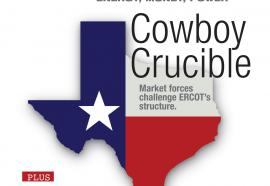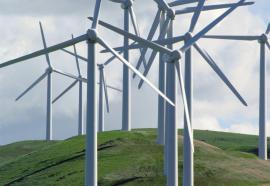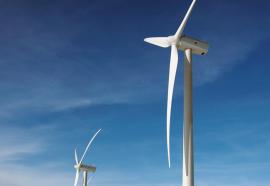Dynamic Pricing Solutions
How to account for lack of strong price signals. A hard year puts deregulation to the test.
The greatest benefits of time-of-use pricing come from avoided costs of peaking power and T&D capacity—but only if hourly retail prices accurately model the true costs of delivered energy, including scarcity rents. Restoring the missing price signals will encourage economic investments in AMI, conservation and system capacity.











